We’re all familiar with car manufacturers teaming up. Sometimes it’s bourne out of necessity – struggling car makers with weak balance books end up joining forces in a bid to produce volume models that they need to stay afloat. Sometimes, it’s done for convenience, such as on occasions when it’s far simpler to borrow or buy another manufacturer’s tech than to develop it yourself.
Partnerships can be anything from full badge-engineering to simply sharing a few bits of switchgear. However, it often occurs between brands you’d never expect. Here are some of the most unexpected instances of cars being related…
Volkswagen Touareg – Lamborghini Urus

Sitting at two ends of the badging spectrum, you might not expect a Lamborghini to share parts from a humble Volkswagen. But a lot about the VW Touareg and Lambo’s Urus are similar; both sit on the same PL73 platform, and share this with the Audi Q7 and Bentley Bentayga too.
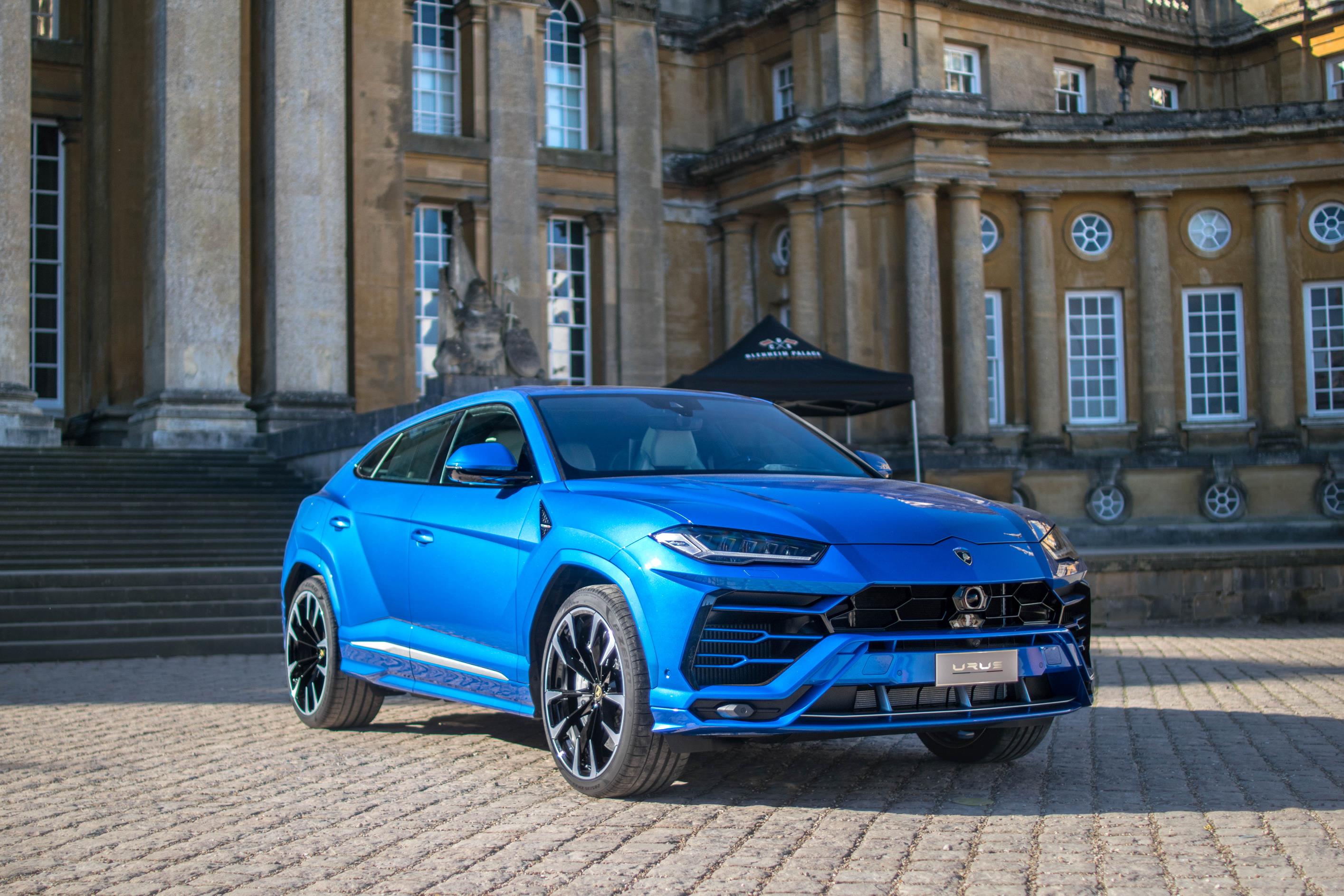
The Urus uses a 4.0-litre twin-turbocharged V8 engine which you won’t find in the Volkswagen, though it, again, shares this with another Volkswagen Group stablemate – the Porsche Cayenne Turbo.
BMW Z4 – Morgan Plus Six
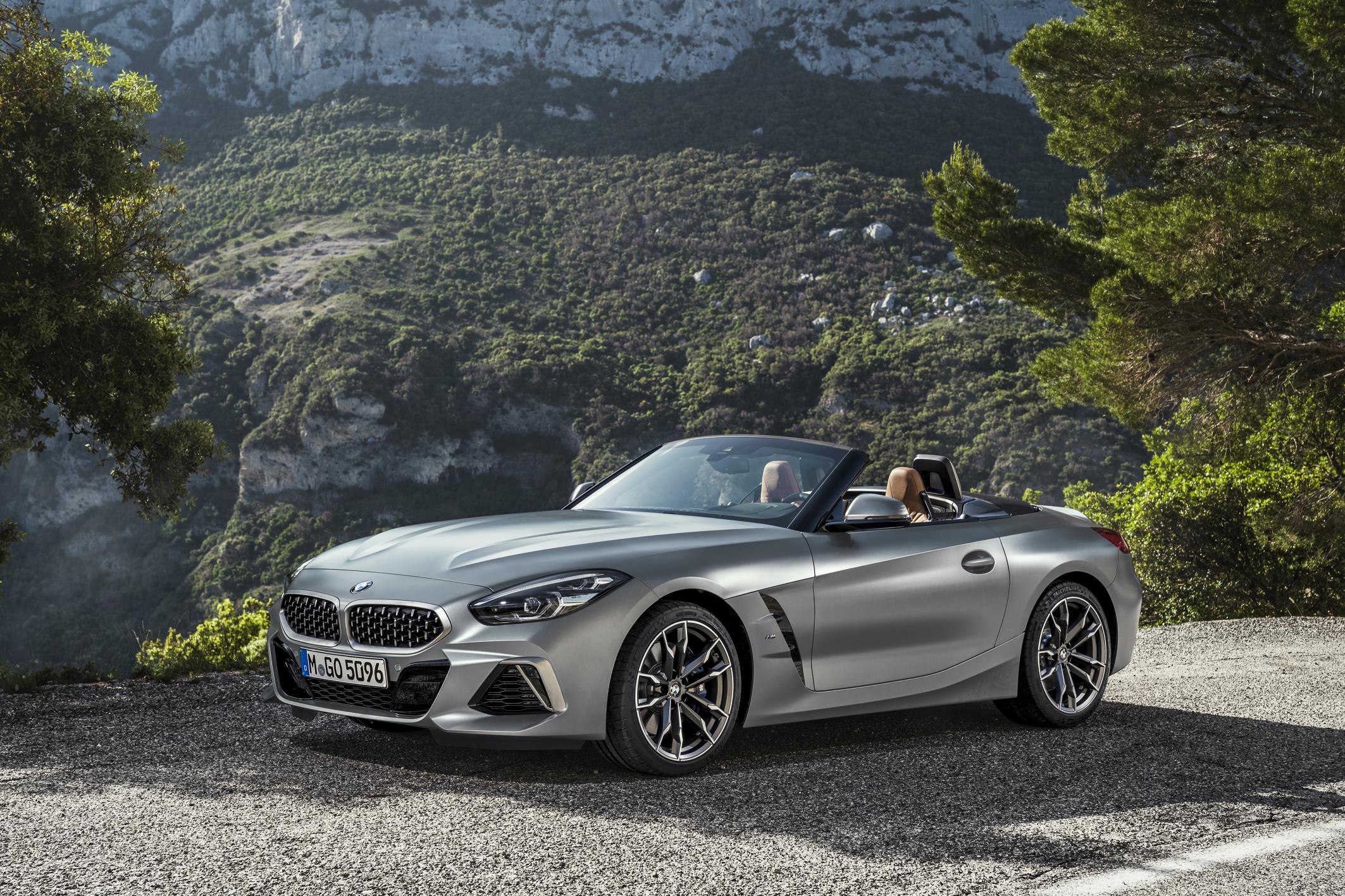
Morgan has famously used BMW-sourced engines for some time; its Plus 8 model used one of the Bavarian manufacturer’s V8 powerplants for several years. But, when that ceased production, Morgan needed a new way of powering their flagship model, which is why you’ll find the turbocharged straight-six engine from BMW’s current Z4 in its all-new Plus Six.
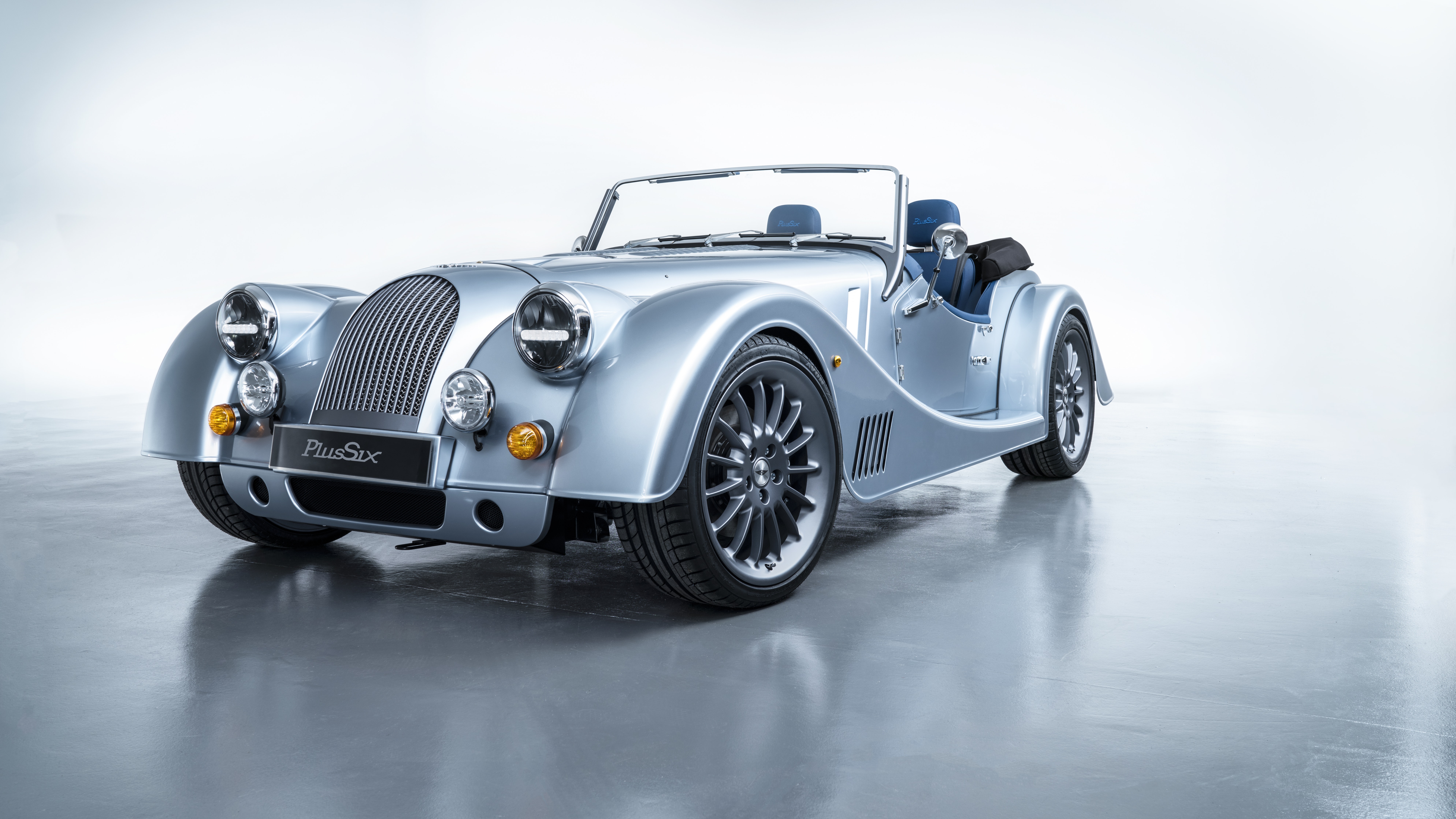
On the old Plus 8 it was hard to notice that the engine was straight from BMW, however on the Plus Six it’s a bit more obvious – the prominent ZF gearshifter in the middle of the car is the same as the one you’ll find on the current-generation 5 Series, among others.
Subaru Impreza – Saab 9-2X Aero
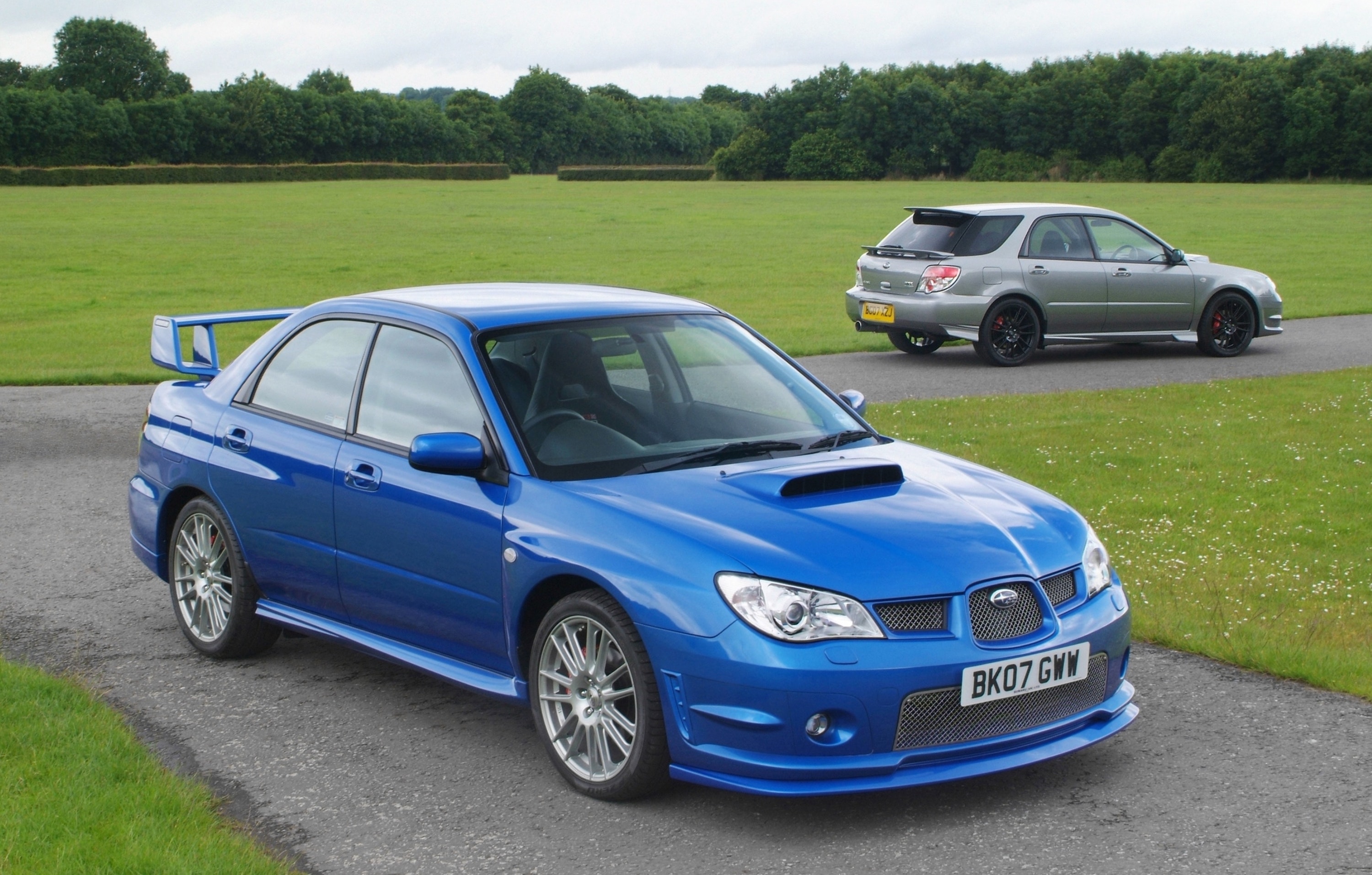
On paper, the Saab 9-2X Aero spec sheet would raise some eyebrows. An all-wheel drive Saab wagon powered by a four-cylinder boxer engine? Surely not.
However, once you work out that – beyond some gentle styling changes – the 9-2X is essentially just a Subaru Impreza, the dots are connected fairly easily.
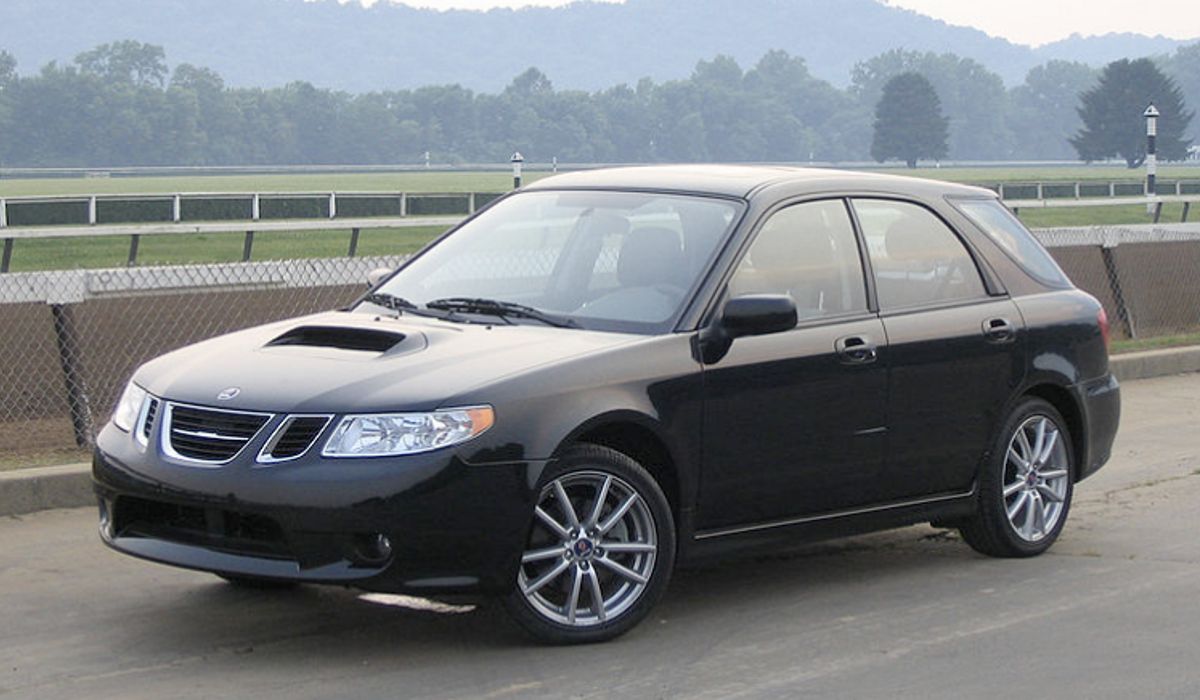
Saab, an at-the-time a General Motors-owned brand, was well-versed in sharing platforms with other entities from its parent firm’s umbrella by the time this car arrived in 2005. And, since Subaru’s parent firm was 20 per cent owned by GM at the time, this exercise was just another example of that.
Tesla Roadster – Lotus Elise
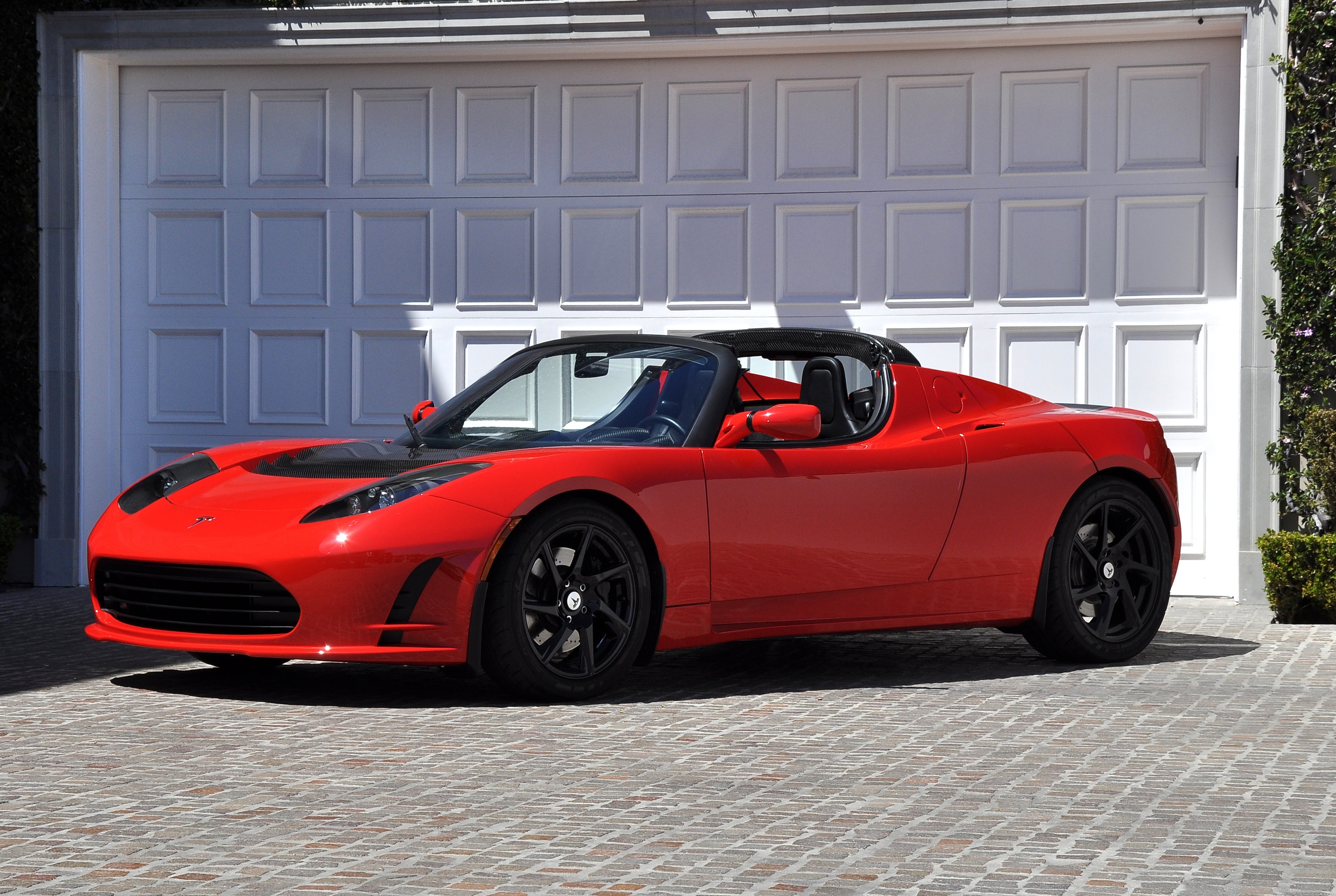
Back before Tesla’s rise to worldwide fame, it needed some help with producing one of its first all-electric sports cars – the Roadster. It’s why the California-based technology company entered an agreement with Lotus, the famous British sports car maker.

Lotus helped create a new chassis for the Roadster, which shared some parts with the Elise of the time. Features such as the windscreen and some suspension components were shared with the British two-seater, for instance.
DeLorean – Renault

The DeLorean is arguably one of Northern Ireland’s most famous exports. It had all the ingredients for success – rakish styling, remarkable brushed-aluminium bodywork and a mid-mounted V6 engine.
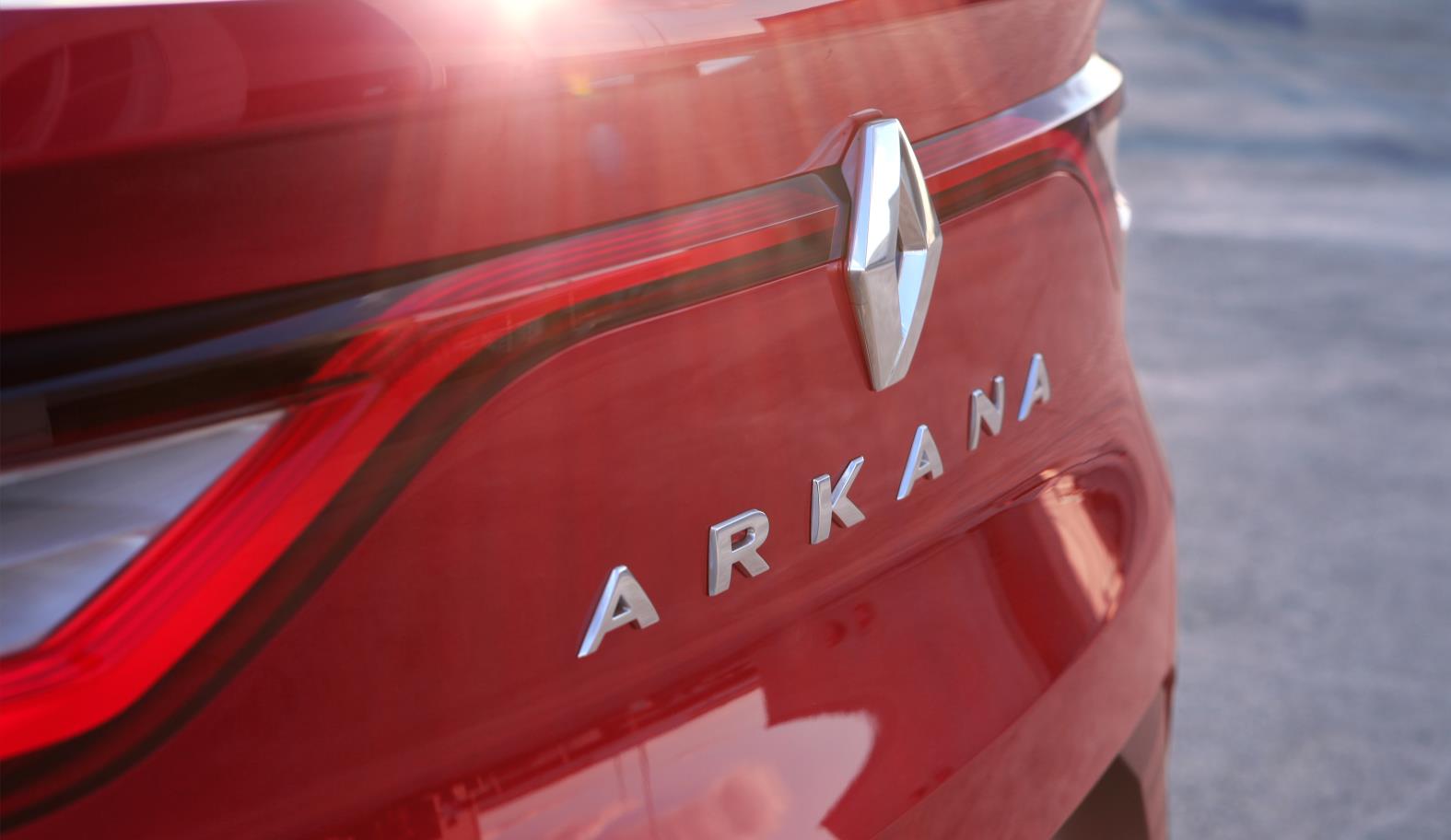
The origins of that V6, though? Not exactly glamorous. The PRV engine, as it was christened, was a joint project between Peugeot, Renault and Volvo, and tended to be applied to big, lazy luxury cars rather than sports models. It put out just 130bhp. It was also paired to a rather sub-par Renault gearbox.
Proton Satria Neo – Lotus
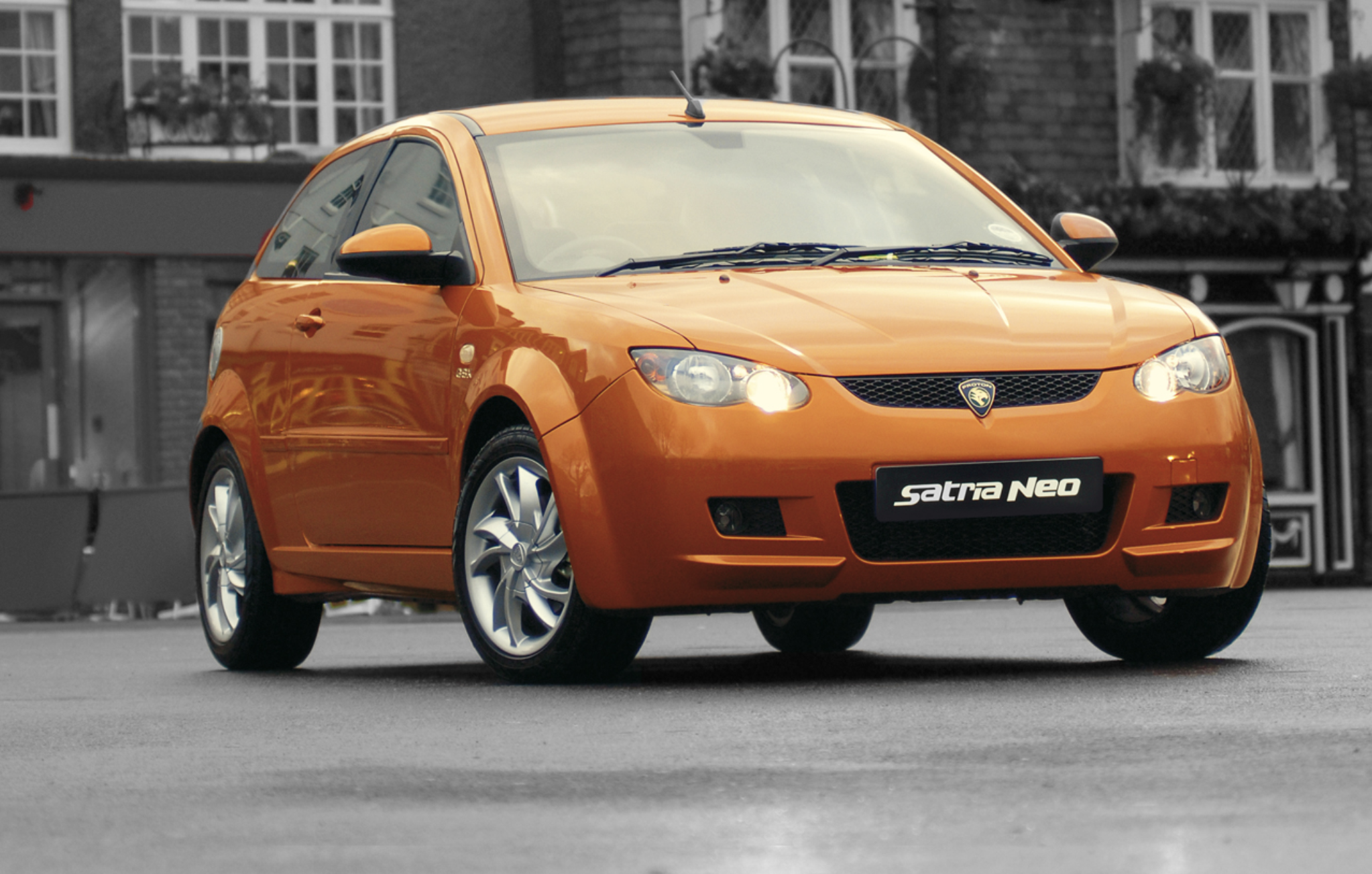
When Proton debuted the Satria in 2006, it owned Lotus, so it made sense to perform a little brand synergy by way of using the British firm’s renowned handling and setup abilities for the then-new supermini.

By all accounts, this actually worked well, so while the Satria Neo never set the world alight against more refined competition, it did take incredibly well to being flung around twisty roads and roundabouts.
Ford Mondeo — Aston Martin DB9
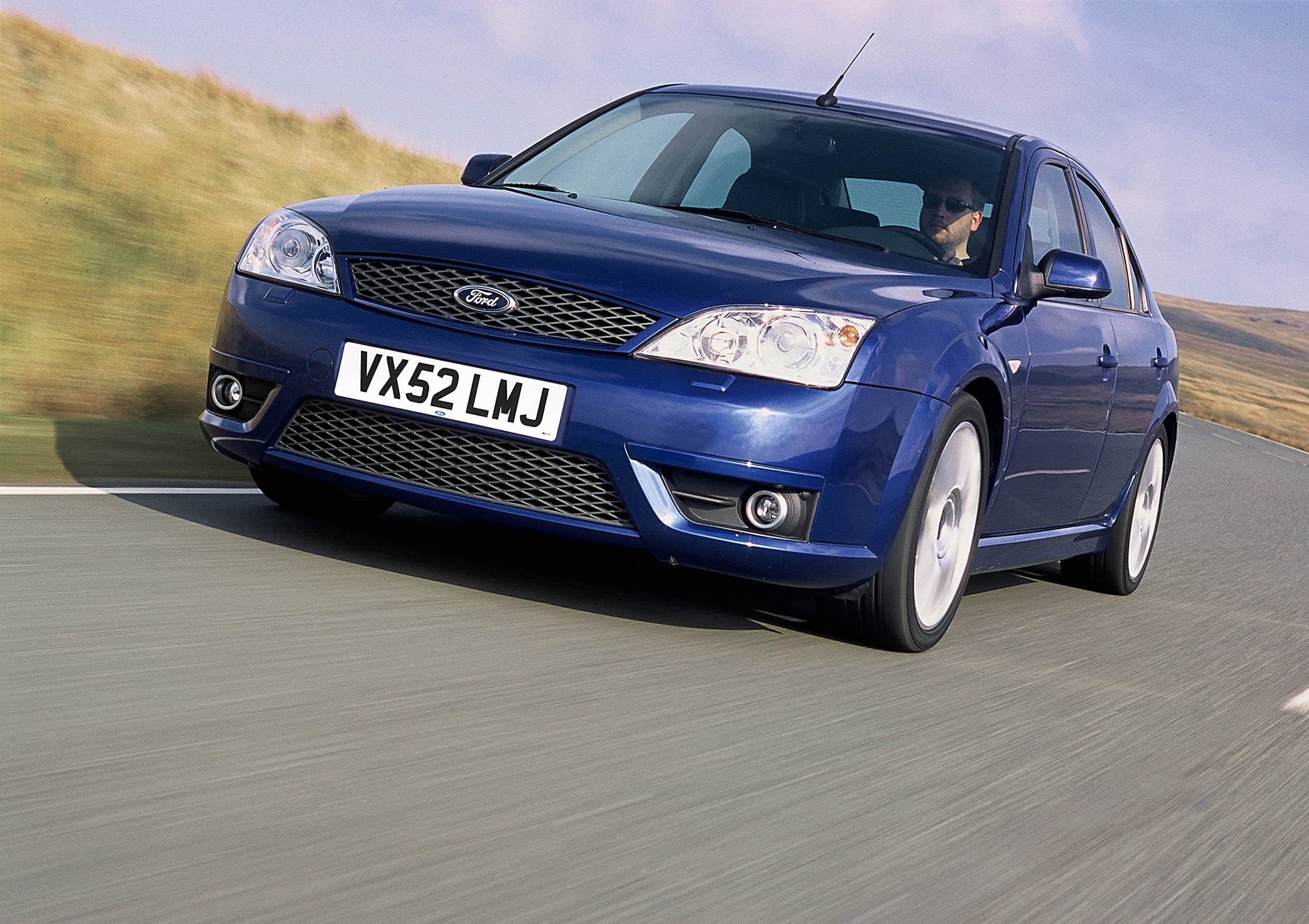
When Aston Martin launched the DB9 in 2003, it was still a part of the now-crumbled Premier Automotive Group empire owned by Ford. Parts sharing between the Premier brands including Aston, Volvo, Jaguar and Land Rover was not uncommon, but few realise the ties between the Ford Mondeo and Aston’s flagship ‘00s grand tourer.
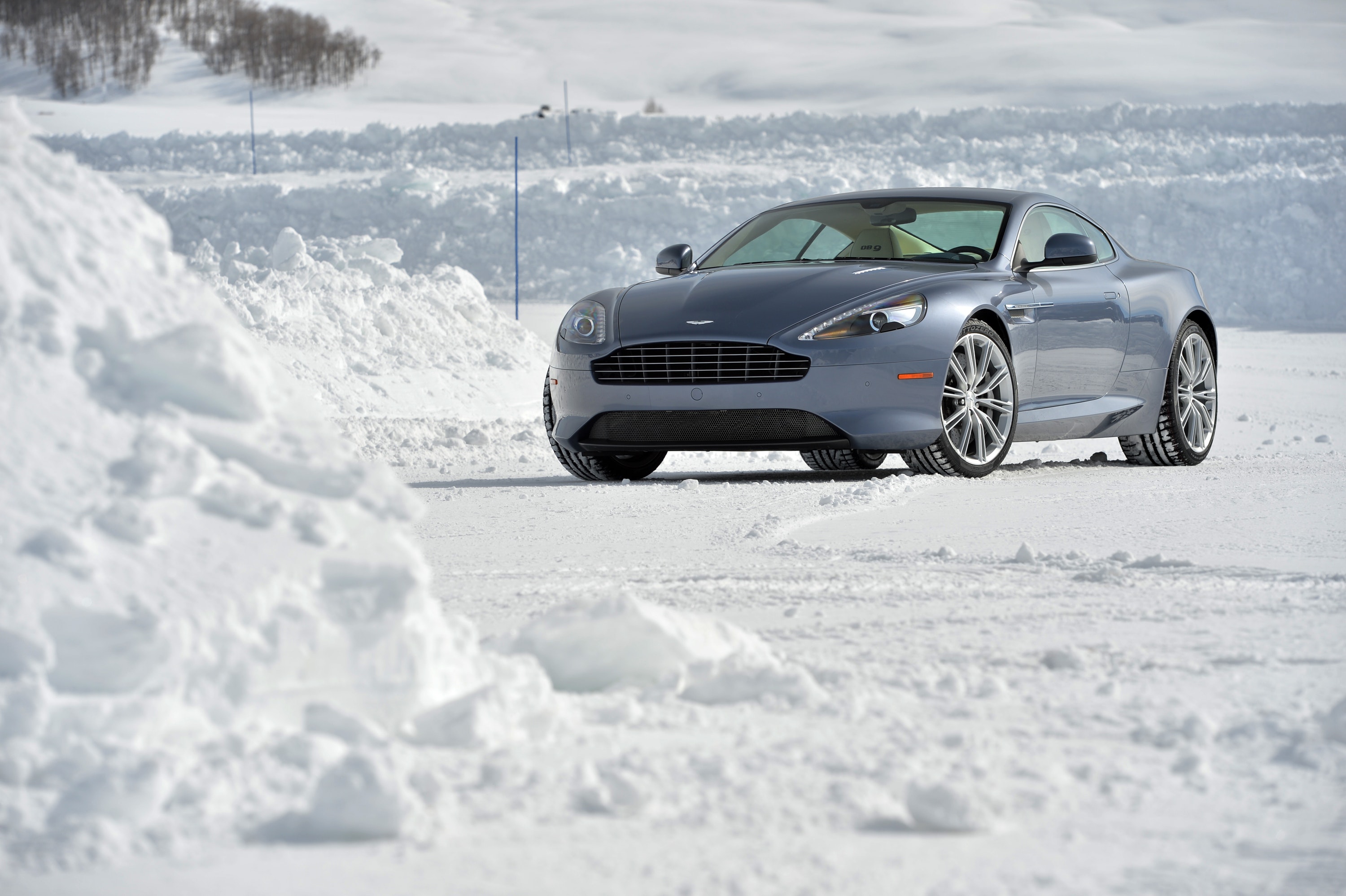
The DB9’s 6.0-litre V12 was lauded for its sound and performance, but few remember – or perhaps, few choose to acknowledge – that the engine is essentially just a pair of Ford Duratec 3.0-litre V6s welded together.
Which bonnet did that V6 start to reside under just a year prior? The rather less James Bond-worthy Mondeo ST220.
